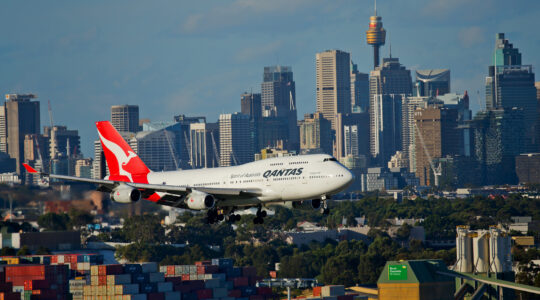Australians have turned to chocolate over the past five years as vegetable, fruit and milk consumption drops.
The latest Australian Bureau of Statistics food consumption figures show average daily consumption of chocolate rose 33 kJ between 2018-19 and 2022-23.
This was part of an overall surge in confectionary consumption of 42 kJ per day over the same period accompanied by a 28 kJ jump in snack foods.
According to Dieticians Australia, based on the figures, most people are eating less than half of their required vegetable intake, increasing the risks of chronic disease.
Between 2021-22 and 2022-23 cost of living pressures seemed to take a toll on food consumption, particularly of healthy foods.
In 2022-23 14.8 million tonnes of food and non-alcoholic beverages were sold, 1.9% less than in 2021-22
“The majority of the reduction in the total weight of food consumed came from declines in vegetables, fruit, and milk products,” the ABS said.
“The recent price increases in food, along with a general increase in all consumer prices is consistent with a lower volume of food being purchased despite the value of food retail turnover in 2022-23 exceeding previous years.”
Between 2021-22 and 2022-23 the reduction in total weight of food consumed was mainly due to:
- Vegetable products (-14 grams per capita, per day to 186 grams)
- Fruit products (-12 grams to 138 grams)
- Milk products (-11 grams to 267 grams)
- Non-alcoholic beverages (-8.9 grams to 400 grams)
- Cereal products (-3.7 grams to 129 grams)
- Meat and poultry products (-2.5 grams to 147 grams).
Over the past five years the sub-major food groups with the greatest increase in daily per capita consumption were chocolate (up 33 kJ), poultry-based mixed dishes (up 28 kJ), potato snacks and crisps (up 22 kJ), pasta products (up 17 kJ) and poultry (16 kJ).
The figures are based on food purchases from supermarkets and specialty food stores. They do not include fast food outlets, cafes or restaurants.
Dietitians Australia President Tara Diversi said the figures revealed a trend that needed to be reversed.
“The Australian Dietary Guidelines recommend an average of five serves of vegetables, legumes and beans per adult per day,” she said.
“We therefore assume based on the ABS findings that on average, Australians are achieving less than half of that requirement.
“What we want to see is Australians prioritising the purchase of affordable nutrient dense foods including seasonable vegetables and fruits, legumes and beans, and spending much less on discretionary foods high in sugar, salt and some fats including chocolate, chips and confectionary.
“Poor diet is one of the leading chronic disease risk factors in Australia.”
The full report can be found on the ABS website.








